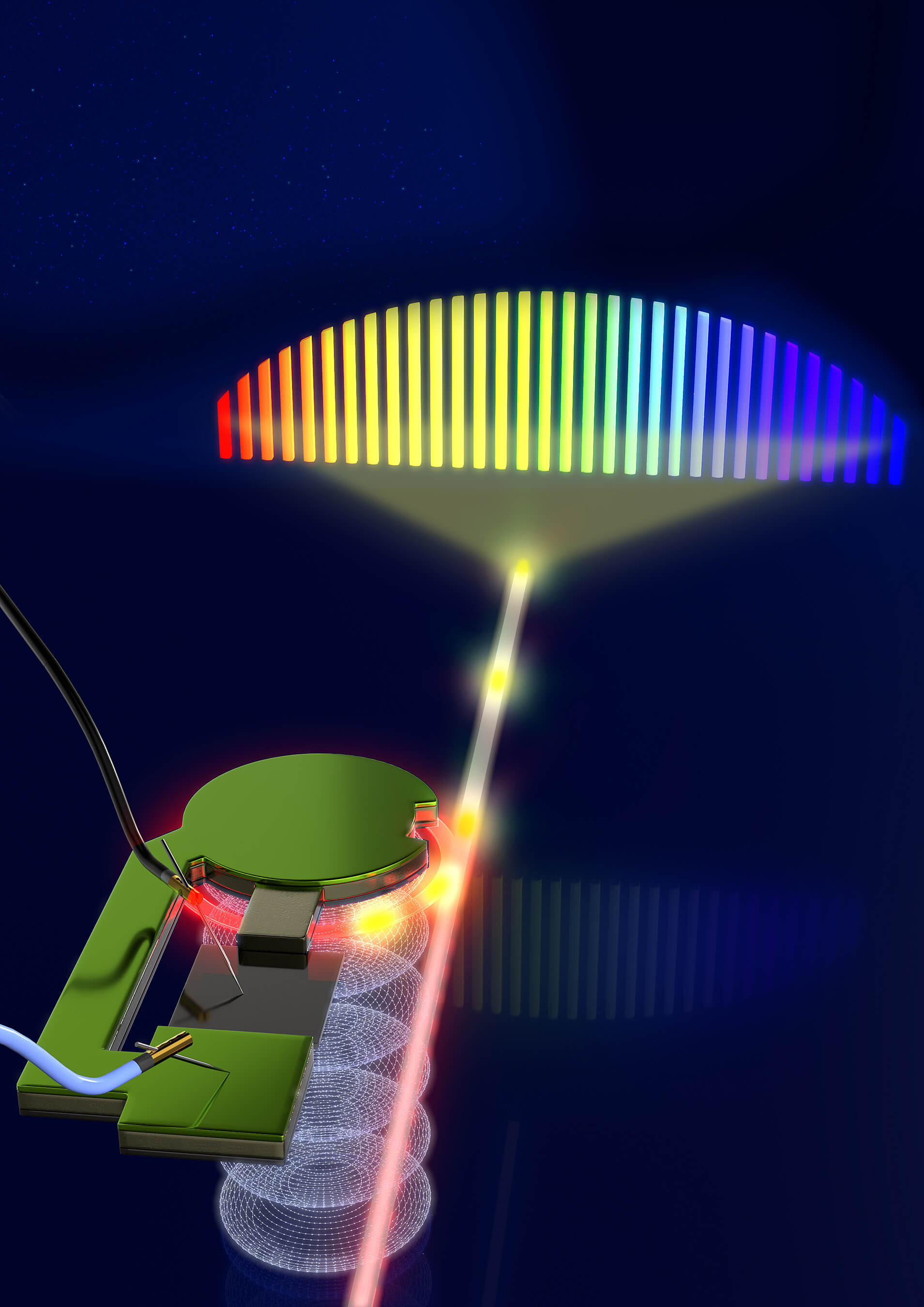
Mechanical control and modulation of light on a silicon chip could enhance lidar. Researchers have built a way that lidar could achieve higher-resolution detection of nearby fast-moving objects through mechanical control and modulation of light on a silicon chip.
A self-driving car has a hard time recognizing the difference between a toddler and a brown bag that suddenly appears into view because of limitations in how it senses objects using lidar.
The autonomous vehicle industry is exploring “frequency modulated continuous wave” (FMCW) lidar to solve this problem...
Read More








Recent Comments